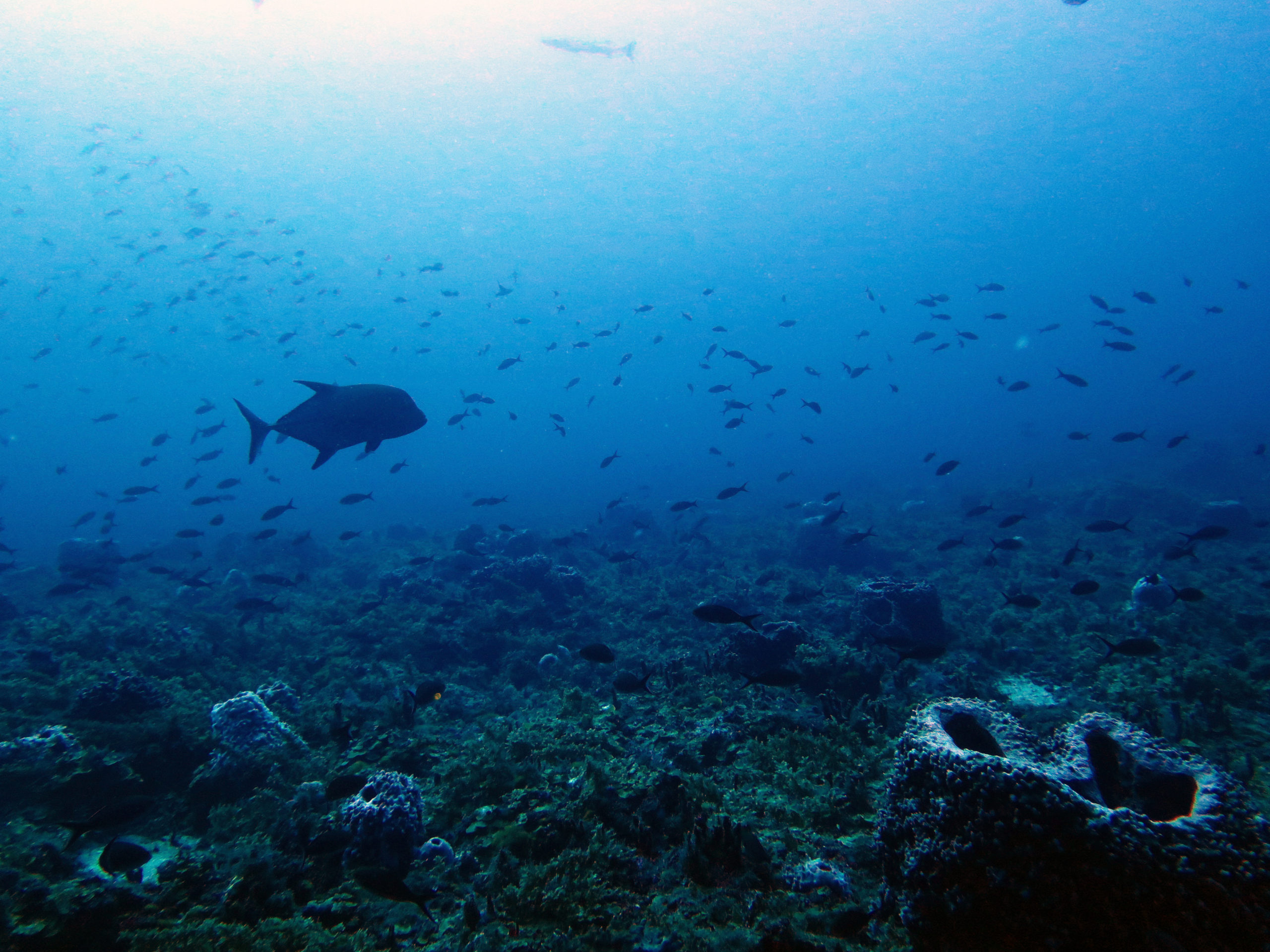
Proposed Expansion of Flower Garden Banks National Marine Sanctuary
Update: As of March 22, 2021, Flower Garden Banks National Marine Sanctuary was expanded from 56 square miles to a total of 160 square miles. Learn more about the expansion here.
